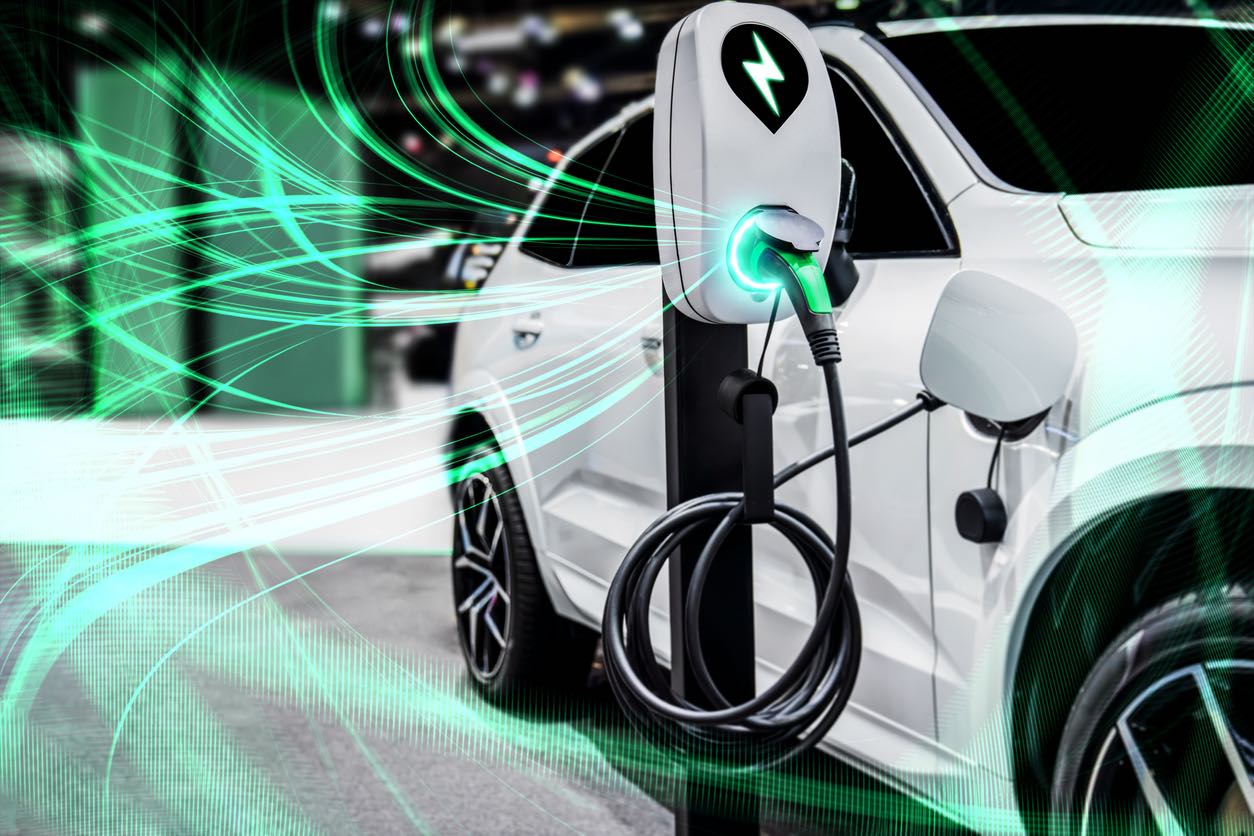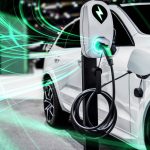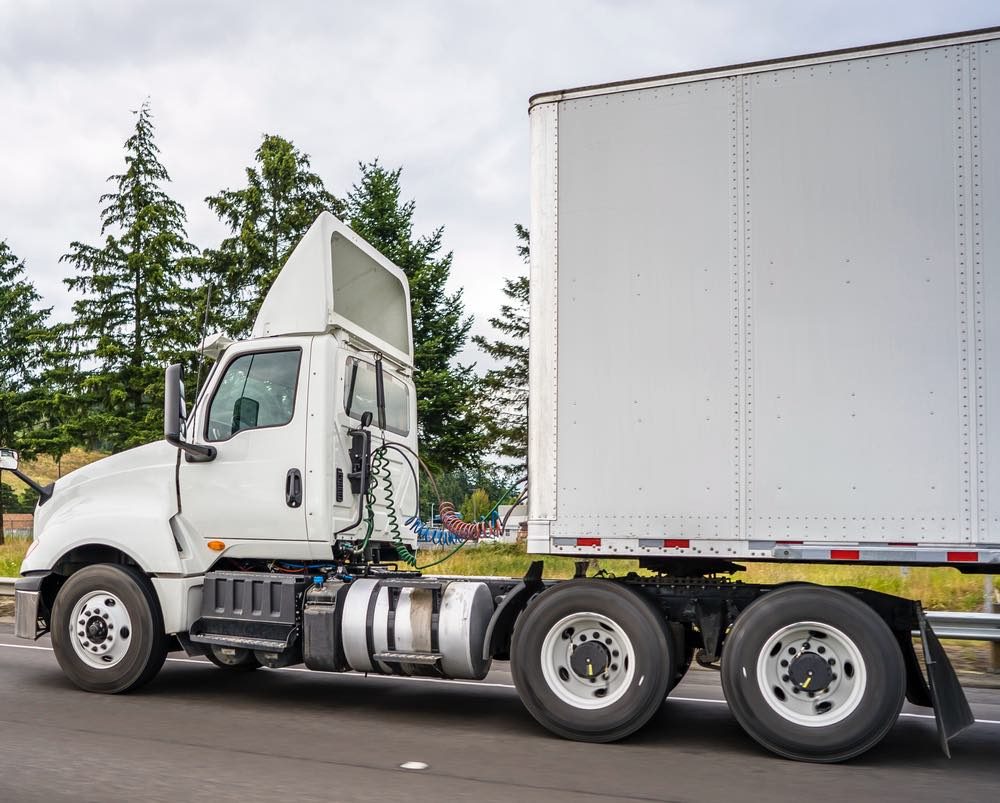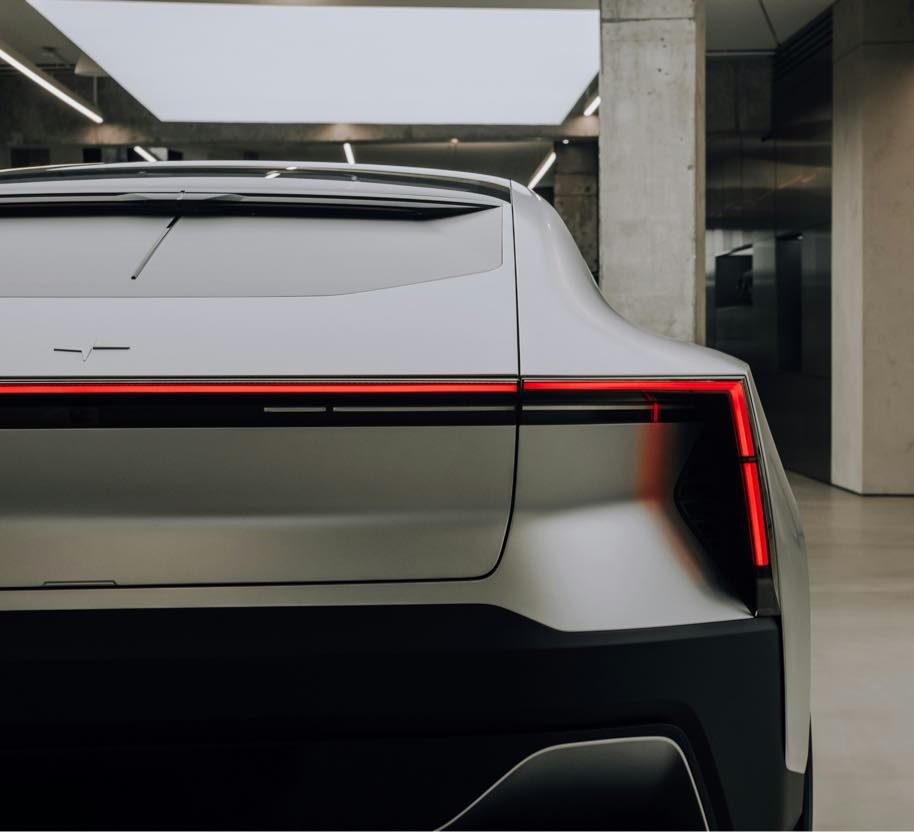Nationwide Electric Vehicle Shipping Services: Seamless Services Across the United States
Ship A Car, Inc. takes pride in our robust network that spans the entire contiguous United States. With a vast reach that extends from the scenic coasts of California to the vibrant cities of New York, our extensive infrastructure ensures seamless electric vehicle shipping services for customers nationwide. Whether it’s transporting an electric vehicle from the sunny shores of Santa Monica to the bustling streets of Manhattan, or from the picturesque landscapes of Colorado to the historic neighborhoods of Boston, Ship A Car, Inc. has the expertise and capabilities to handle all car shipping needs, no matter the location.
Our national reach doesn’t just mean we can ship anywhere—it means we can do it efficiently. We operate with a logistics model that matches your shipping timeline and budget while never compromising quality. SAC offers both open and enclosed transport options for EVs, with enclosed carriers providing added protection from weather and road debris. Whether you’re shipping one vehicle or a fleet of EVs, our team ensures your vehicle arrives charged, secure, and ready for use.




